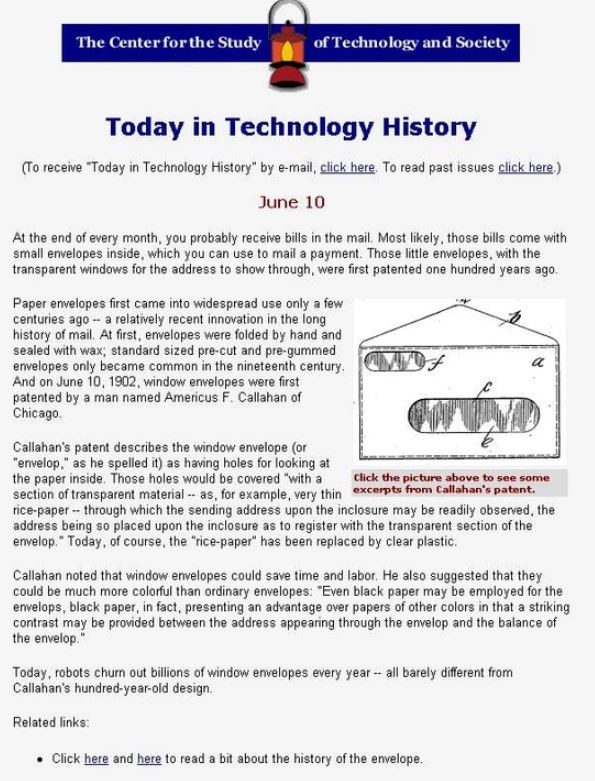Thank you Rod. I wanted to research this a little more when time permits.
Jeff, I stand corrected, you were right, most probably rice - paper (albeit I do not know how that was produced)

For the record, a discussion we had about 10 years ago on RCSD [Recreation Community Stamps discuss] newsgroup
I have recently become (mildly) intrigued by window envelopes, which
seem to be dealers' bane because their provenance is difficult to
impossible to determine. It's their *construction* which interests me.
A friend recently showed me two First World War window envelopes in
which the window was created by saturating the paper with a wax or oil
which made the paper translucent. The windows were surrounded by what
appeared to be black ink, which appears to have acted as a barrier to
whatever substance was applied to make the window. I assume that a
shortage of cellophane or other translucent/transparent material
resulted in this workaround solution.
Yesterday at a local stamp shop I found a German commercially used
envelope from the Second World War which was created in same way was
the First World War envelopes. I've uploaded it to my web site, at
www.ingraham.ca/bob/germanwindowcvrweb.jpg. (The word "Deutsche"
is printed on a piece of white paper which I slipped into the envelope
before scanning, so you can see how relatively dense the window is.)
The material of window feels exactly like the rest of the envelope. The
window is not glued or laminated onto the envelope. Or, if it is, it is
impossible to tell. There is no discernable "interface" between window
and envelope on either the outside or the inside. Overall, the paper
has a slight waxy feel to it. It seems to be the approximate weight of
"normal" 20lb printing paper, perhaps a bit lighter.
Does anyone know anything at all about these envelopes? Do they have a
particular name? They don't seem to be uncommon. I found a few others
for sale on an internet dealer's web site.
Bob
Hi Bob, and eveybody.
This *is* interesting, even if para-philatelic. I'd like to know more
about it, too.
A quick search in my shoe boxes gave a 1951 french enveloppe that looks
strangely like your german one (just the window is a little bit deeper).
I did the reading test with the same result as you showed. There is no
gluing, however you can feel like a difference when going across the
black frame, just because the window paper is much more crisp, or stiff.
Did a quick search on the Internet, didn't find anything significant.
But it's probably there...
Best regards,
Bruno
Yes! Yes!
In an article on Northwest papermaking for the OSS
(www.oregonstampsociety.org) I traced some of the early patent windowed
envelopes c1907 back to the paper manufacturer. I also identified the
possible use of whale grease in their manufacture (grease was used to make
the address window transparent).
I can post some of the details if you're interested.